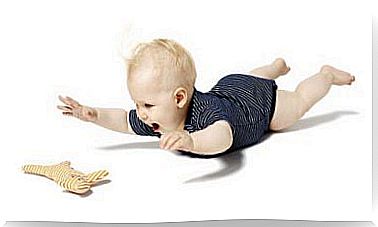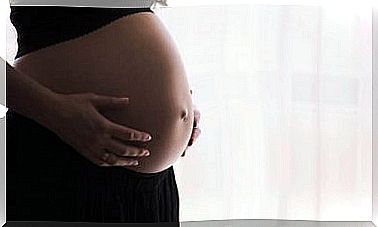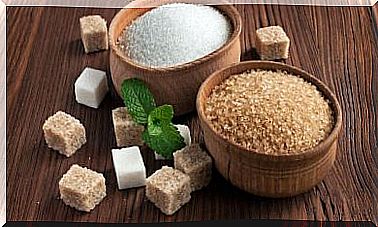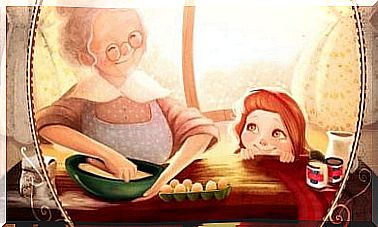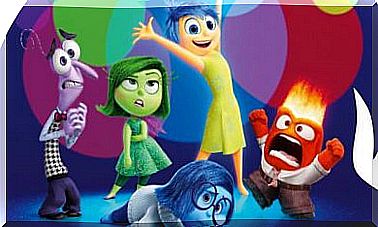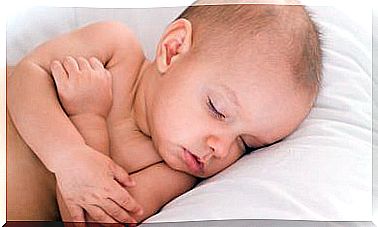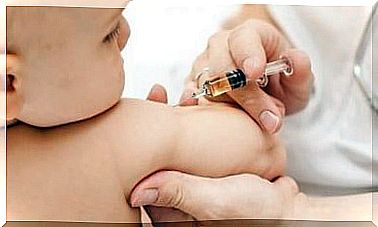9 Myths And Truths Of Orthodontics
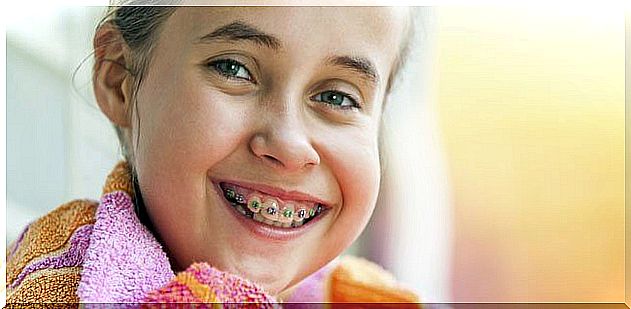
Orthodontics is unsightly, painful, and traumatic. Perhaps, that phrase contains at least three of the most widespread myths about this dental treatment that has evolved a lot in recent years. If you think that your child may need brakers but you have doubts about it, this article is for you.
Although it is true that traditional orthodontic techniques have, during treatment, a strong aesthetic impact on children’s smiles, it is also true that this technique has evolved so much that it offers a wide variety of alternatives that manages to reduce the aesthetic impact to make it practically imperceptible.
Much is said against and in favor of orthodontics, that is why it is very important that you inform yourself very well before you give up the idea of taking your child to the orthodontist.
Orthodontics, true or false?
Orthodontics only serve to have a beautiful smile: False
Although it is true that orthodontics improves the alignment of the teeth and helps your child to have a more beautiful smile, the aesthetic aspect is not the most important thing, since in addition to this, this treatment improves the child’s dental health.
The medium and long-term advantages of this dental treatment are very positive, as it is capable of preventing future diseases such as periodontitis.
Orthodontics can only be placed when all teeth have come in: False
The early detection and correction of any dental health problem is always very positive, because the sooner we correct the oral problems of our children, the more problems related to teeth we will be able to avoid.
Baby teeth are not that important: False
The premature loss (either by accident or other reason) of a baby tooth causes malocclusion in the permanent dentition.
You see, milk teeth influence the type of bite and chewing, since they maintain the necessary space for the optimal placement of the final teeth and allow the jaw bones and their muscles to develop correctly. So if your baby prematurely loses a milk tooth, it is necessary to go to the dentist to prevent complications in the position of the permanent teeth.
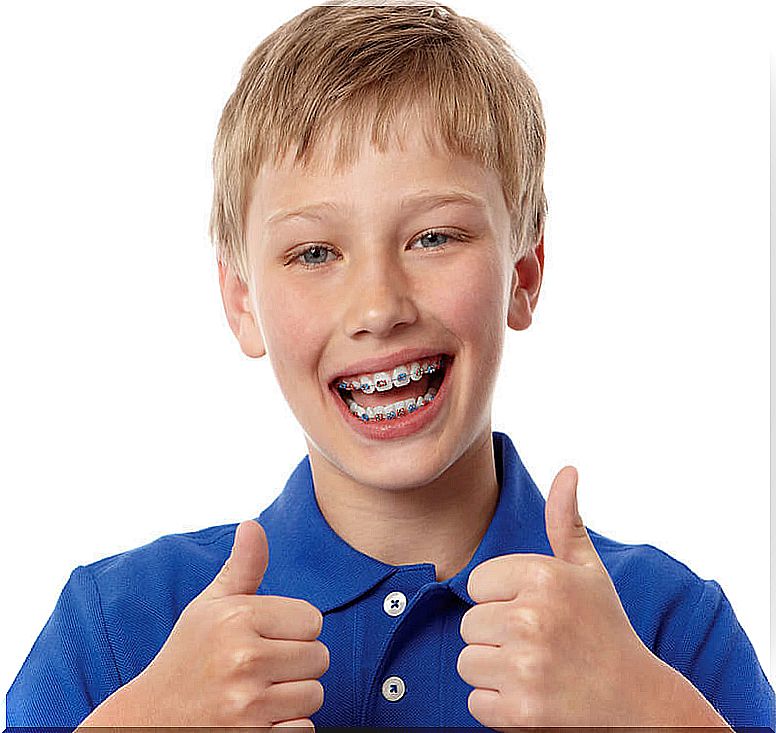
There are no aesthetic orthodontic treatments for children: False
Contrary to what many believe, there are cosmetic treatments for children. Before, one of the main drawbacks of placing braces on a child was that they could feel ashamed or that the treatment could affect their self-esteem, mainly at school, but new aesthetic treatments achieve the same results as traditional orthodontics. In addition, the little ones can opt for colored braces to make braces become something fun.
If what you hear most about orthodontics is that the aesthetic results in the child are not the most desirable, you should know that today among the alternatives that manage to reduce the aesthetic impact of orthodontics with traditional techniques.
For example, there is invisible orthodontics made with transparent and removable dental splints, lingual orthodontics that consists of placing the appliances on the inside of the teeth or sapphire orthodontics, made with brackets made of transparent material.
Crowded or crooked teeth are only an aesthetic problem: False.
Children with dental alignment problems have a more serious problem than the merely aesthetic one, since they are at greater risk of developing cavities and infections in the gums, since they are more difficult to clean, so more bacterial plaque accumulates.
If your child’s upper front teeth are incorrectly positioned, phonation problems may develop, so aesthetics take a backseat.
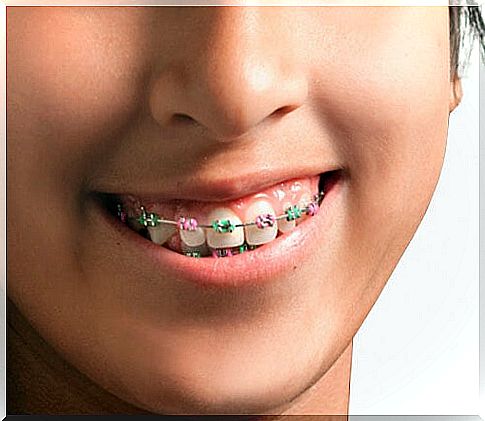
Crooked teeth can cause headaches: True.
Crooked, crowded or misaligned teeth can even cause headaches. This malocclusion gives rise to an overload in the jaw joints, which causes wear on the teeth to headaches in the minor.
In addition, certain types of malocclusion favor breathing through the mouth, making nasal aspiration of air difficult through the respiratory tract. It can also interfere with the chewing function of food and cause digestive problems.
You should go to the dentist only when the child is in pain: False
It is advisable to take the child to the specialist from the age of 3, since at this age it is possible to intervene in the bad habits that the little one has, as well as evaluate the state of the teeth and jaw to prevent possible oral complications.
When using orthodontics, extreme dental hygiene measures should be taken: True
It is common for food debris to accumulate between the brackets, so proper hygiene must be maintained to prevent the appearance of stains and cavities.
However, many children do not know how to brush properly and often damage the gums and scratch the enamel when they use the toothbrush. Therefore, it is necessary to use a brush with soft bristles and rounded tips to reach all areas without damaging your enamel or oral tissue.
